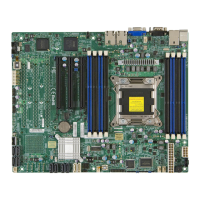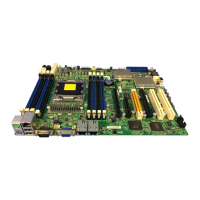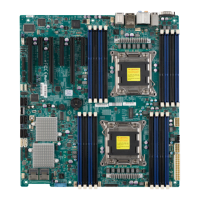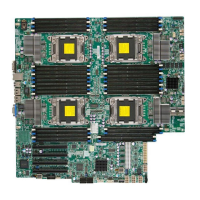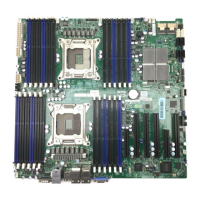Welcome to 3D Professor
http://www.3dprofessor.org/Reviews%20Folder%20Pages/X9SCA/X9SCAP10.htm[8/9/2011 1:19:09 PM]
The rendered outputs from POVRAY are exceptional quick and for a single socket Xeon to pump out a time of 3minutes 31 seconds within this stretching test
is very good indeed. Further going to show just how well the whole system I/O has performed. Within the PCMark 7 Professional we saw a massive leap up
in performance overall which is quite astounding as it near doubled over our first findings. Within R
ay-Trace Rendering of the CPU Cinebench tests near exact
scoring.
Again, we must reiterate on how well and how much work both Supermicro and Intel have put into this new range of exceptional mainboards.
From our recent article covering the new the Intel Xeon E3-1280 and the
Intel® Server Board S1200BLT we noted yet once more identical results from the
CPU showing a score of 85.64GFLOPS and within the hardware support for cryptography in AES256 produce identical results of 2.38GB/s in standard
cryptographic bandwidth and the AES256 test increased that to 5.27GB/s.
It goes to show how well each company has liaised in the basic building block
foundation of the mainboard functionality.
Moving on to the actual SPEC results, these have been very quick indeed with AMD’s FirePro V7900. On its first outing we saw some very good scores and
today the pace has increased in many areas. The main point of note is that of both SPECapc for both Maya 2009 and SolidWorks 2007. These do stretch the
system fully therefore correct implementation of components is of a paramount importance. Times have increased within both benchmarks which means
the drivers from AMD are improving, but the full actual system I/O of C204 PCH Chipset with the aid of the E – Series Intel® Xeon are faster than was to be
expected, especially as this is a completely ECC aided system. In most instances we should see an approximate 5 – 8% decrease in performance over Non
ECC components, the tables have been turned by those clever people at both Intel and Supermicro. Most system builders look to a single socket Xeon based
system with its reliability of ECC memory for complete security, the cost differences in today’s markets between Non ECC and ECC is minimal so why cut
corners without any impedance of overall performance. A win - win for all parties concerned. Supermicro and Intel have most certainly done their sums
right at these levels.
What more can be said; than yet another exceptional outing from the stables of
Supermicro and their new X9SCA mainboard. Supermicro has ultimately
shown how that they have advanced their train of thought on how influential this chipset is going to be within the professional arena. The results shown
within have unequivocally shown that this is a mainboard to be seriously looked at by many system builders wishing to peruse their sales of excellence.
It
was stipulated before that this is the Gold Standard - the bar has now been raised to yet another championship level.
www.3dprofessor.org award for Supermicro's X9SCA Workstation/Server Mainboard

